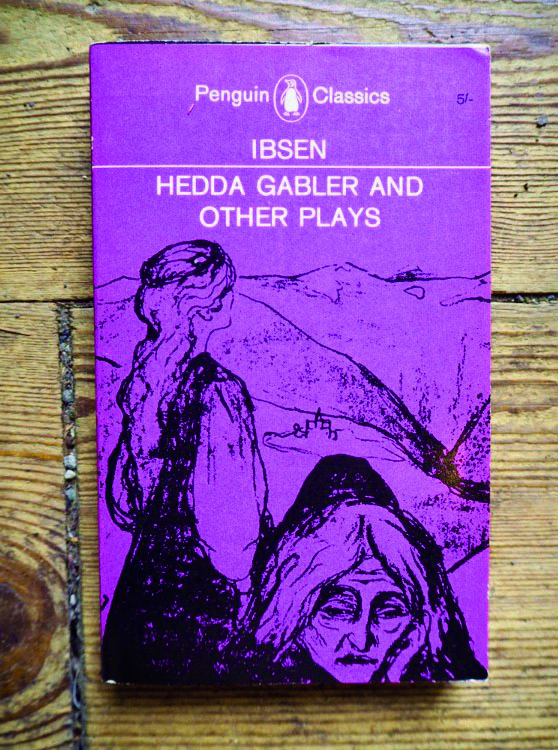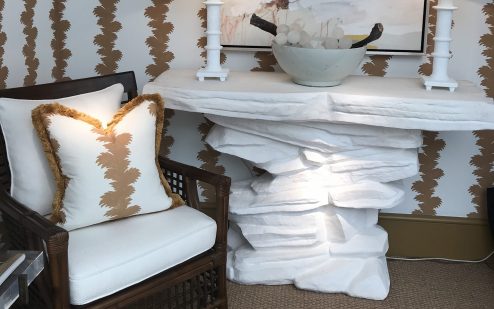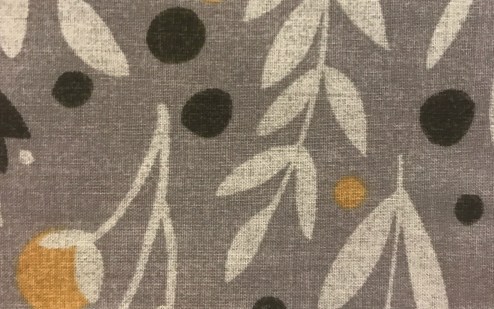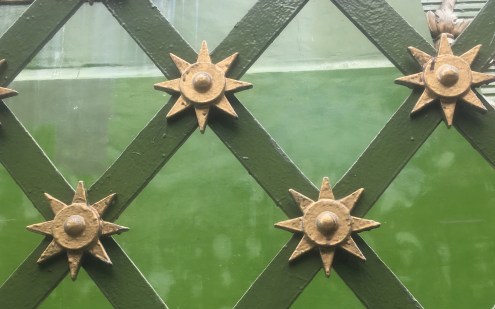The psychology of colour: purple
Martha Roberts, creator of The Colour File, investigates how colour makes us think, act and feel. Let’s look at heavenly purple

Earliest purple dyes were made from crushed murex sea snail shells, and it took 12,000 to produce just 1g of Tyrian purple. Psychologist Karen Haller says: ‘Purple was considered regal because it was so rare. There was a time when only royalty could wear the “divine colour” because they were seen as God’s representatives on earth.’
In psychological terms, Haller says: ‘Purple relates to the higher self, truth and contemplation. We associate it with spiritual awareness and refl ection.’ Add purple to your life for improved meditation and a sense of peace.

The colour challenge
● Opt for purple lighting. Pantone’s color of the year is ‘Ultra Violet’, a rich, royal purple. Pantone says the shade is ‘associated with mindfulness practices, which offer a higher ground to those seeking refuge from an overstimulated world’. Pantone recommends purple toned lighting in spaces where you meditate or in shared areas to energise communities and ‘inspire connection’.
● Surround yourself with purple flowers. These include anemone, purple hyacinth, verbena, hyssop, purple freesia, iris and lilac. Choose a different one each week and place it in an area where you want to contemplate things.
● Eat purple foods three times a week. Foods that are naturally purple tend to be high in antioxidants called anthocyanins, which are linked to improved cardiovascular health, cancer prevention, dementia and longevity. A study found that women who ate three or more half-cup servings of blueberries or strawberries a week were 34 per cent less likely to have suffered a heart attack than women who ate less of these fruits.
Find out more about Martha here.
Images: Martha Roberts








